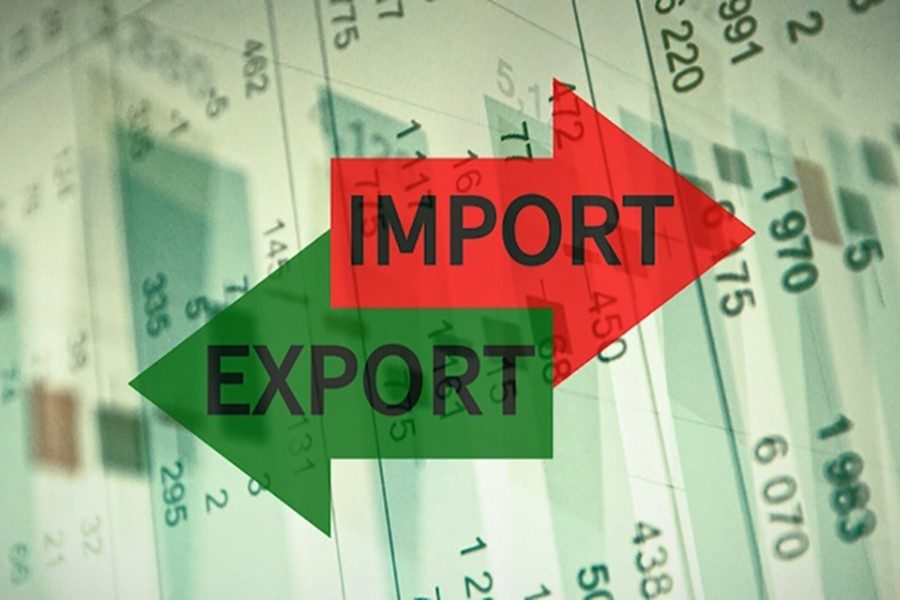Pakistan’s trade deficit continued to shrink to $25.8 billion, a reduction of 41%, during the first 11 months of this fiscal year. However, the decline was not accompanied by an improvement in exports, which fell despite a 40% devaluation of the currency.
The Pakistan Bureau of Statistics (PBS), on Friday, reported that the gap between imports and exports narrowed down by $17.6 billion, or 41%, during the July-May period of the current fiscal year. Imports decreased by $21 billion, or 29.2%, compared to the same period last year, totalling $51.2 billion in the July-May period.
The State Bank of Pakistan (SBP)’s deputy governor, on Thursday, stated that banks were opening Letters of Credit (LCs) for imports in accordance with guidelines issued by the central bank. The SBP had previously issued a circular instructing banks to prioritise imports due to the country’s low foreign exchange reserves. Pakistan had committed to the International Monetary Fund (IMF) to withdraw this circular, but the commitment has not been fulfilled yet.
While import restrictions have delayed a default, they have also crippled the economy. The government’s claim of 0.3% economic growth during the fiscal year has been strongly disputed by independent experts and the PBS’s own data. Initial projections put overall imports at approximately $65.6 billion, but revised estimates suggest imports may decrease to around $55 billion for the current fiscal year.
Although import restrictions have reduced pressure on foreign exchange reserves, which currently stand at $4 billion, they have also caused inflation to rise to 38%, the highest since Pakistan’s inception. The stalled IMF program remains a significant failure of the Pakistan Muslim League-Nawaz (PML-N) led coalition government. Ninth review talks with the lender concluded on February 9, and the Ministry of Finance has been claiming that a staff-level agreement will be reached “very soon.”
According to the PBS, exports contracted by 12.1% during the July-May period, totaling $25.4 billion. The annual export target was set at $38 billion, but only 67% of the goal was achieved in the first 11 months. Revised estimates indicate that exports may amount to less than $28 billion. The Planning Commission, on Friday, presented a working paper that outlined the reasons for the decline in exports, including devastating floods, removal of energy tariffs, low private sector borrowing, and a challenging global economic environment.
Owing to the low exports, the government has not been able to minimise the gap in its external financing needs. The trend is disturbing as exports have gone down despite massive currency devaluation over the past one year.
In May, exports amounted to $2.2 billion, down nearly 17% or $433 million compared to the same month last year. This raises concerns about the government’s strategy for boosting exports, which has primarily involved subsidising wealthy exporters who pay almost no income tax but avail subsidised inputs. While the Finance Ministry estimates that exporters earned an additional Rs1.5 trillion over the past three years due to currency devaluation, exporters argue that they do not benefit from subsidies and are penalised by losses incurred by other electricity consumers.
On a year-on-year basis, imports dropped nearly 37% to $4.3 billion in May after a temporary phase that saw imports slipping to below $3 billion in April. The trade deficit narrowed by half to $2 billion in May, a reduction of $2.1 billion compared to the same month of last year. However, the month-on-month trade gap widened by 143% as exports marginally grew by 2% but imports sharply rose 43% to $4.3 billion.








